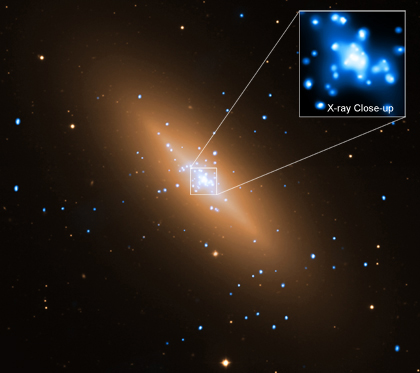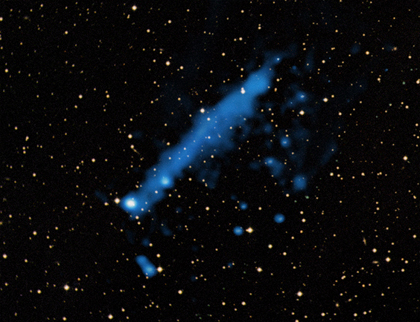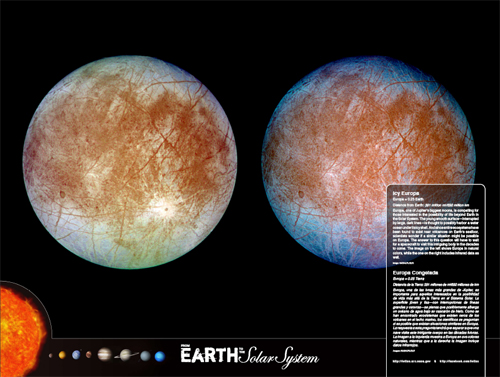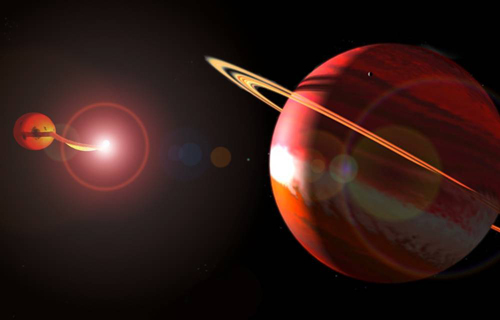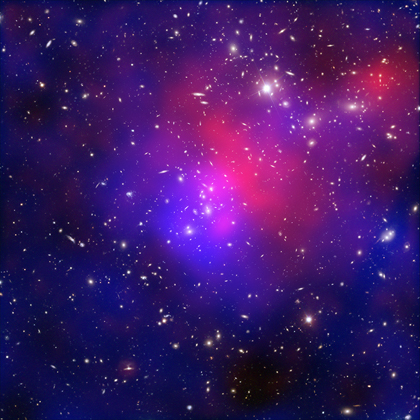At The Youth Slam
Submitted by chandra on Tue, 2011-07-26 21:49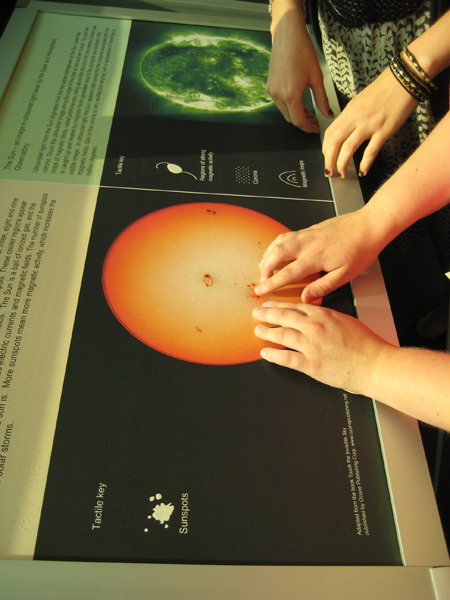
The International Year of Astronomy continues to reach new audiences.
Photographs from the "From Earth to the Universe" (FETTU) gallery have been viewed by people all over the world in a variety of venues since 2009. A tactile version of the FETTU exhibit, based on the book Touch the Invisible Sky by Grice, Steel and Daou, was also created in 2009 so people could explore the multi-wavelength universe non-visually, by touch.
On July 20, 2011 the tactile FETTU exhibition continued on to the National Federation of the Blind (NFB) headquarters in Baltimore, Maryland. The images were examined by students attending the National Federation of the Blind Youth Slam - an innovative STEM enrichment program for high school students who are blind or have low vision. Noreen Grice was a course instructor for the Youth Slam Space Track and was on-site at the exhibition. She verbally described the color images as students explored the tactile counterparts by touch. The tactile FETTU exhibition will now be on permanent display at the National Federation of the Blind and will hopefully continue to excite a new generation of science enthusiasts.
-Noreen Grice
(Photos by N.Grice)




